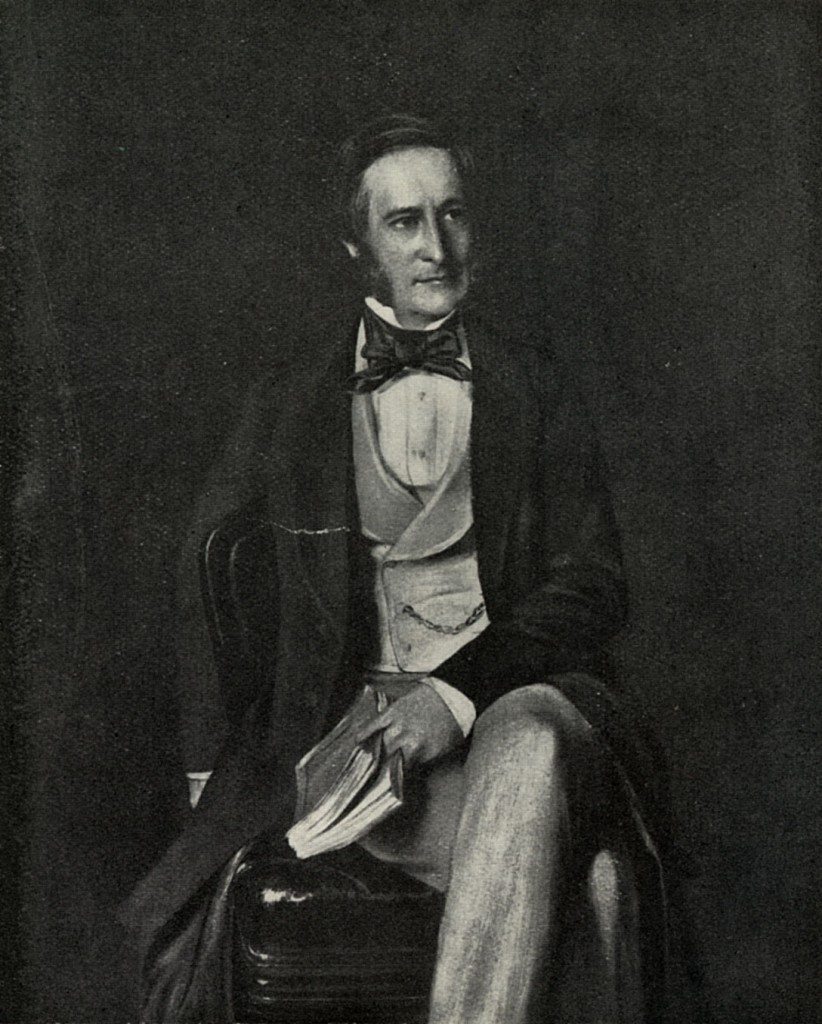New Technology
Image: James Timmins Chance at the age of 40, from a painting by J.C. Horsley, R A. John Frederick Chance, A History of the Firm of Chance Brothers & Co. Glass and Alkali Manufacturers, (London, Spottiswoode, Ballantyne & Co. Ltd, 1919).
Image from: Local Studies and History, Birmingham Central Library
One area where the company surpassed competition was in the development of polishing and grinding machines to produce the finest plate glass. James Timmins Chance, the founder’s nephew, invented a machine that carried out both polishing and grinding in one procedure. Work began in May 1840 with the introduction of polishing and grinding machines powered by a Boulton, Watt & Co. 60 h.p. beam engines from their nearby Soho Foundry. In the polishing room of the glassworks the sheets of glass were placed on machines and furnished with felt covered polishing rubbers. As the glass travelled along the bed of the machine the rubbers rotated in different directions so that the sheet of glass was polished evenly on both sides. The company expanded the work and by May 1841 4,000 feet of glass a week were being produced. During the process iron oxide was used which gave off a red residue, this not only covered the machines and walls of the polishing room but also the workers. This must have been an eerie sight when late at night strange red creatures emerged from the glow of the glassworks into the dark streets of Smethwick.
« Previous in this sectionNext in this section »Continue browsing this section
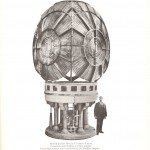 The Infinite Uses of Glass: Chance Brothers, Glassmakers of Smethwick
The Infinite Uses of Glass: Chance Brothers, Glassmakers of Smethwick
 Chance Brothers and Company
Chance Brothers and Company
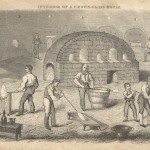 The Arrival of Expert Workers
The Arrival of Expert Workers
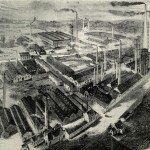 The Chemical Works
The Chemical Works
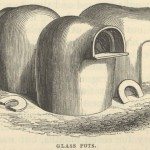 Types of Glass
Types of Glass
 Crown Glass
Crown Glass
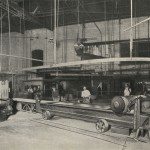 Plate or Sheet Glass
Plate or Sheet Glass
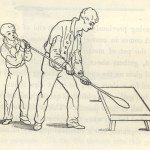 Flint Glass
Flint Glass
 New Technology
New Technology
 Glazing the Crystal Palace
Glazing the Crystal Palace
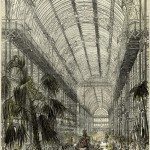 Glazing the Crystal Palace
Glazing the Crystal Palace
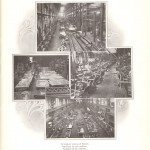 Lighthouse Production
Lighthouse Production
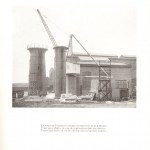 Lighthouse Production
Lighthouse Production
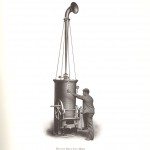 Lighthouse Production
Lighthouse Production
 Lighthouse Production
Lighthouse Production
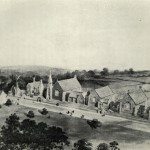 Company Philanthropic Activity
Company Philanthropic Activity
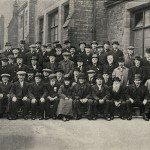 Relations between Workers and the Company
Relations between Workers and the Company
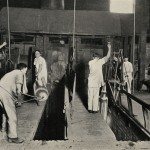 French and Belgian Workers
French and Belgian Workers
 Description of the Glassworks
Description of the Glassworks
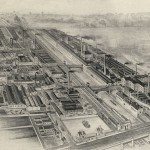 Description of the Glassworks
Description of the Glassworks



